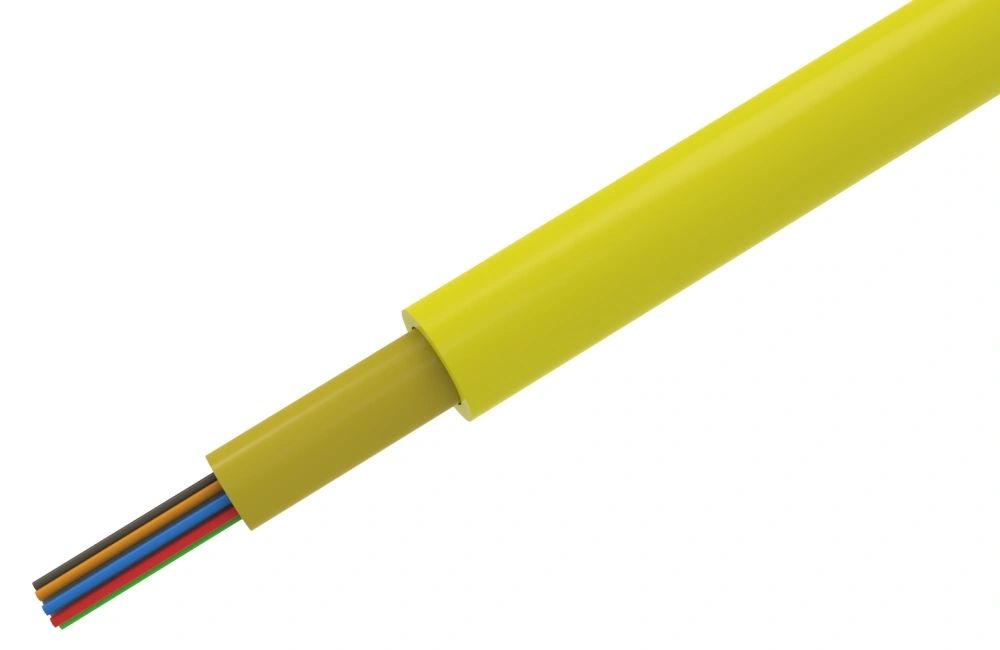Avoiding Cable Selection Mistakes: Precautions for Purchasing Outdoor Cables

When it comes to outdoor cable installations, choosing the right cable is crucial. Making the wrong choice can lead to numerous problems and even catastrophic failures. To ensure a successful outdoor cable installation, several precautions should be taken into consideration:
1. Understand the Environmental Conditions
Before purchasing outdoor cables, it is essential to thoroughly understand the environmental conditions they will be exposed to. Factors such as temperature variations, humidity, UV exposure, and moisture levels can significantly impact the cable's performance and lifespan. Assessing these conditions will help determine the appropriate type of cable needed for the specific environment.
2. Select the Correct Cable Type
Each outdoor application requires a specific type of cable. Different types include fiber optic cables, coaxial cables, and Ethernet cables, among others. It is vital to choose the right cable type based on the intended purpose and environmental conditions. Failure to do so could result in signal loss, performance degradation, or premature failure.
3. Consider Cable Specifications
When purchasing outdoor cables, it is crucial to pay attention to various specifications to ensure optimal performance and durability:
Diameter: The cable diameter should be appropriate for the intended installation, taking into account cable routing constraints.
Shielding: Cables should have adequate shielding to protect against interference from external sources such as power lines, radio waves, or nearby cables.
Tensile Strength: The cable should have sufficient tensile strength to withstand the expected forces during installation, such as pulling or bending.
Waterproofing: Outdoor cables should have appropriate waterproofing to prevent moisture penetration, which can lead to signal loss or electrical short circuits.
Considering these specifications will help ensure the selected cable can withstand the specific conditions and offer reliable performance over an extended period.
Conclusion
When purchasing outdoor cables, it is essential to take precautions to avoid problems arising from selecting the wrong cable. Understanding the environmental conditions, selecting the correct cable type, and considering cable specifications are vital steps to ensure a successful outdoor cable installation. By following these precautions, you can minimize the risk of potential issues, enhance the reliability of your outdoor network, and save both time and financial resources in the long run.



